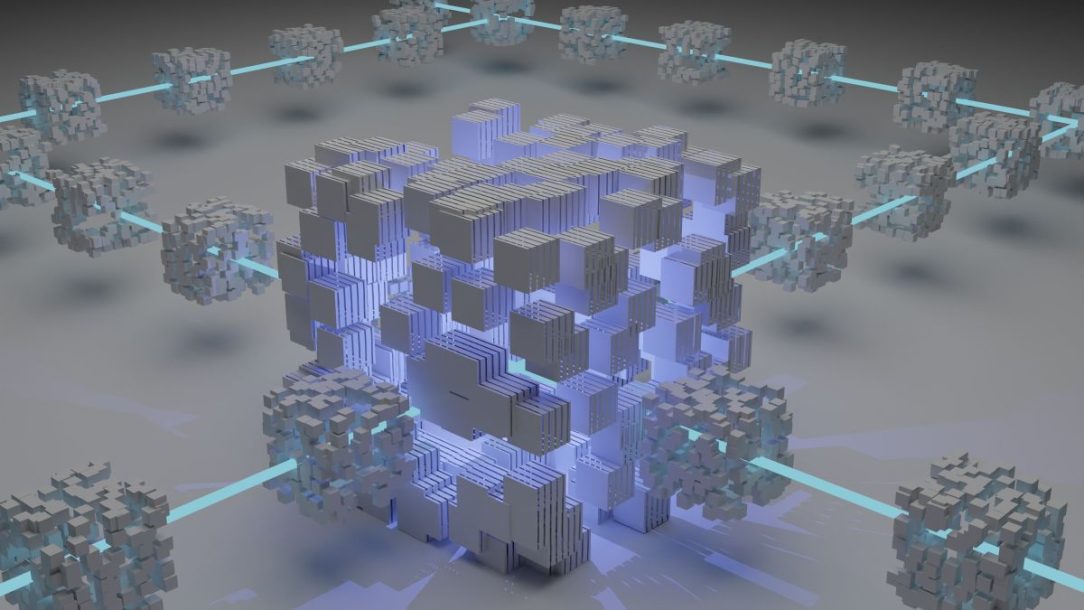DeFi which is known as a decentralised financial system is one of the fastest growing financial technologies which has gained lots of traction in the global financial industry. It is based on secure distributed ledgers similar to those used by crypto and run entirely on blockchain networks rather than through intermediaries.
DeFi was first launched in an event in 2015 through the launch of Ethereum – an open-source blockchain technology that enables digital transactions across the globe. It differs through products and services built on open-source technology that anyone can use to borrow, save, invest, trade with and more.
Decentralised financial system also provides many of the services which banks provide like earn interest, borrow, lend, buy insurance, trade derivative, trade assets, and more. DeFi is also much faster in comparison to bank or any other private institutions services and it does not require a document verification or a third party involvement go url. Anyone in the world with an internet connection can avail all the services of DeFi. It is like a digital wallet where you can keep your money safe and secure.
When the cryptocurrency was introduced, one of the main purposes was to minimise the cost and smooth transferring money and make one money universally accessible to everyone. DeFi took that purpose to another step by providing all the services which banks and other institutions provide.
The main purpose of creating a DeFi was to build an open source blockchain technology which does not require a permission and provides a transparent financial service ecosystem. A complete guide to understand decentralised finance, or DeFi, is stated below for you to go through.
Understanding how DeFi works?
Decentralised financial systems use the same block chain technology that Bitcoin and other cryptocurrencies use. A blockchain is a distributed and secured database or ledger. Blockchain allows users to make completely safe and secure payments, without the fear of getting tracked or traced by anyone on the internet.
Additionally, an automatic ledger of all the transactions is simultaneously created by the software, thus, reducing the time taken and extra labour of the users. These technologies are now being used by the governments of various countries as well.
Applications called dApps are used to handle transactions and run the blockchain. In the blockchain, transactions are recorded in blocks and then verified by other users. If these verifiers agree on a transaction, the block is closed and encrypted; another block is created that has information about the previous block within it. This ensures complete privacy and safety of the users and their information.
How were things managed before DeFi?

Source: unsplash.com
DeFi and CeFi offer a wide range of cryptocurrency related financial services, they are different from each other. When the DeFi system was not launched in the market, at that time a centralised financial system was the standard for investing and trading in crypto.
CeFi, or centralised financial systems, used to control and handle all the crypto orders through a central exchange. All the funds were managed by specifically running the central exchange. It means that the cryptocurrency owners do not have any private key which will provide them access to their digital wallet.In order to avail the CeFi services the user needs to submit their documents for verification.
A few benefits of DeFi:
DeFi is a decentralised system that offers various advantages in addition to online payments and any other banking services. Money transfer is just one side of the current centralised financial system; nevertheless, decentralised finance intends to offer aspects of the traditional financial system, — exchanges, loans, insurance, and savings accounts — to all, regardless of socio-economic background. In DeFi, it not only gives you control and visibility over your money but also gives you the exposure to the global markets.
1. No permission required
Decentralised financial systems are built in a way that anyone in the world, no matter what they are, can access all of the DeFi services without seeking any permission or involvement of any third party.
Decentralised Finance or DeFi means removing any intermediary that acts or grants permission for doing any financial activities. So if the person does not have a number of documents to avail the bank services they can take advantage of the DeFi system. DeFi provides all the services which the bank or any other private institutions provide without any document verification or any other permission.
2. Free from trust issues
One of the main advantages of using DeFi services is that you do not need to trust that service you will perform as promoted. The users can verify DeFi services performance based on auditing code and using external tools such as Etherscan to identify if a transaction was correctly executed.
Moreover, these systems are completely open-sourced and freely and readily available on the internet. Being open-source, they can be edited out by anyone, and the source code can be changed, modified and continuously updated by people from all over the world. Users can trust their instincts, and not any third-party person or software, and thus, minimise their risks and blame games.
Potential risks of DeFi:

Source: unsplash.com
DeFi is based on open-source. This means anyone with access to the internet and a little coding knowledge can alter the codes of transactions.
This has put it at much higher risks of fraudulency and hacks. Hackers and scammers from all over the globe have access to change these codes and extort money from people. Users are advised to be a little more cautious whilst using any DeFi system to make any payments.
Conclusion:
Decentralised financial system is still at the very beginning stage of its evolution, mostly because it is unregulated. Yet, but with its rapid growth and adoption in global financial systems, that day is not far enough when DeFi will soon become a one of the very important participants in our financial landscape.
For the past couple of years, DeFi’s vast network has enabled users to swap, trade, deposit, borrow and lend crypto to maintain and grow their financial portfolios. DeFi’s true potential can be further harnessed when it eventually moves beyond Bitcoin and Ethereum towards adoption by lower-liquidity crypto assets.




